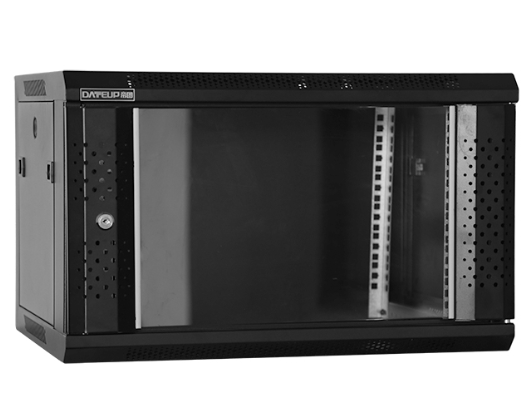News
Site Editor
 Site
https://leonetworkgroup.usa18.wondercdn.com/uploads/image/5fe152faa587d.png
Patch RJ45 cable is an essential task for network technicians. It is critical to have a good quality cable because a poorly made one can lead to network problems. This article will provide step-by-step instructions on how to patch RJ45 cable.Tools that you need:- RJ45 connectors- Crimping tool- Stripping tool- Cutting tool- Cable testerStep 1: Cut the cableUsing your cutting tool, cut the cable to
Site
https://leonetworkgroup.usa18.wondercdn.com/uploads/image/5fe152faa587d.png
Patch RJ45 cable is an essential task for network technicians. It is critical to have a good quality cable because a poorly made one can lead to network problems. This article will provide step-by-step instructions on how to patch RJ45 cable.Tools that you need:- RJ45 connectors- Crimping tool- Stripping tool- Cutting tool- Cable testerStep 1: Cut the cableUsing your cutting tool, cut the cable to
How To Patch Rj45 Cable
Views: 394
Author: Site Editor
Publish Time: 2023-07-11
Origin: Site
Patch RJ45 cable is an essential task for network technicians. It is critical to have a good quality cable because a poorly made one can lead to network problems. This article will provide step-by-step instructions on how to patch RJ45 cable.
Tools that you need:
- RJ45 connectors
- Crimping tool
- Stripping tool
- Cutting tool
- Cable tester
Step 1: Cut the cable
Using your cutting tool, cut the cable to the desired length. Make sure to trim the ends of the cable neatly to avoid any damage to the wires.
Step 2: Strip the insulation
Using the stripping tool, strip about one inch of the cable's outer insulation. Ensure that you do not scrape or cut the wires inside the cable.
Step 3: Untwist the wires
After removing the outer insulation, untwist the wires carefully. You need to ensure that you untwist them only to the point where they are straight and not damaged. Leave about 1/2 inch of the wires untwisted.
Step 4: Arrange the wires
Arrange the cable's wires according to the T568A or T568B standard. This depends on the configuration of your network and to which you will connect the cable. The standard you choose must be followed throughout to ensure that the cable is working correctly. In T568A arrangement, the sequence of wire colors from left to right are green stripe, green, orange stripe, blue, blue stripe, orange, brown stripe, brown. In T568B arrangement, the sequence of wire colors from left to right are orange stripe, orange, green stripe, blue, blue stripe, green, brown stripe, brown.
Step 5: Cut the wires
After you have arranged the cables according to the standard, cut the wires' ends ensuring that they are straight and of equal length.
Step 6: Insert the wires into the connector
Insert the wires' ends into the connector in the right order, depending on the configuration you have chosen. Make sure that the wires reach the end of the connector. The wires should be evenly distributed and not cross over one another.
Step 7: Crimp the connector
Use the crimping tool to press down on the connector and close it tightly. This step makes sure that the connector holds the wires in place firmly.
Step 8: Repeat process
Repeat the process to create the other end of the patch cable. Ensure that you use the same standard to avoid any compatibility issues.
Step 9: Test the cable
After completing both ends, use the cable tester to verify that the cable's wires are correctly connected. Test the cable from end to end, checking for continuity, short circuits, and crossed pairs.
Conclusion
Patching RJ45 cables is not a complicated task. However, it is crucial to follow the process correctly to create a properly functioning cable. Always ensure that you use quality connectors and cables to avoid network problems. By following the above steps, you should be able to patch your RJ45 cable successfully.
If you want to know more about industrial network cabinet,china fiber optic splice closure,china fiber optic distribution box,please consult the fiber optic splice closure factory









